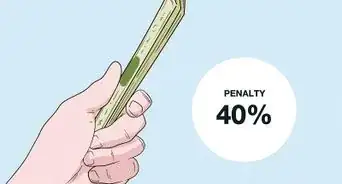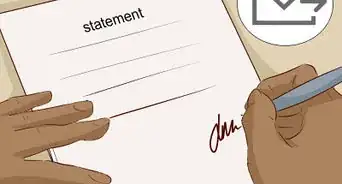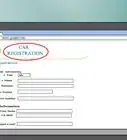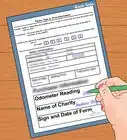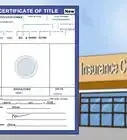This article was co-authored by Audra Fordin. Audra Fordin is a Certified Automotive Technician, the Founder of Women Auto Know, and the Owner of Great Bear Auto Repair in Flushing, New York. With more than 38 years of experience, she has intensive knowledge about foreign and domestic auto repairs. Audra has been featured on numerous news and talk shows such as The Today Show, Inside Edition, and Anderson Cooper.
This article has been viewed 274,345 times.
Buying a used car can be hard because you don't necessarily know the car's history. Accidents, repairs and routine maintenance can all drastically effect the reliability of a car. While there is never a fool-proof way to know everything about the history of the used car you're about to buy, you can do a title search to find out as much of the car's history as you can, provided it has been recorded.
Steps
Finding the Car's VIN
-
1Know what the VIN looks like. A "Vehicle Identification Number" (VIN) is 17-digits and made up of numbers and letters; the number is unique to that specific car.[1]
-
2Try looking for the number through the car's insurance information (vehicle insurance card or insurance policy). Almost every state in the US requires that a car be covered by insurance to drive it on the road. So, if somebody is currently driving it, they will most likely have insurance and an insurance card with the VIN.[2]Advertisement
-
3Check the car's registration card or sticker. These stickers usually go on the front windshield, on the driver's side (the left side in the US).[3]
-
4Check the car itself. The number can be located in many places, so you may need to hunt around. Look in such places as on the driver's side below the windshield, driver's side door/door jamb, the front of the engine block and the front end of the frame. It may look like a sticker, a small metal plate or an engraving.
- Where the VIN number is placed depends on the year and manufacturer of car, so it might be good idea to do an internet search for the VIN using the manufacturer and year.
Using a Car Title Search Provider
-
1Use a government based title search. In some countries, such as the United States, you can check a used vehicle's history through an online database. For example, in the USA, you can use the National Motor Vehicle Title Information System, at http://www.vehiclehistory.gov/. Click on "Check Vehicle History" to find an approved provider.
- Some US States offer title search databases. Be aware that this search may have limitations if the car has a history outside of the jurisdiction in which you're searching.
-
2Choose a car title provider, carefully. These services aren't free, so it is important to find a site that you trust, since you're giving them your information. This is why it's recommended that you use a service that has been approved through a government body's site (a government site will have ".gov" somewhere in the URL).
- Follow through with the directions on the title search site. This will require you to have your VIN number ready (see step 1).
- Checking a provider's reputability through the Better Business Bureau is also recommended.
-
3Expect to receive a report. This report should give you information concerning whether the car has been rebuilt, salvaged, spent time in a junk yard, returned to the manufacturer or had its odometer changed to an incorrect mileage.
Community Q&A
-
QuestionI sold my old truck 2 years ago to a dealership and found out recently that they still have my old tags and title under my name and have been driving it and pulling a huge trailer with my old truck. How do I get my truck back or have them pay for the tickets they've got under my name?
 Community AnswerContact the police in your area for help.
Community AnswerContact the police in your area for help. -
QuestionIs knowing the license plate number of a vehicle enough to do a title search?
 Community AnswerIt depends. It could work if the plate is still registered to the car, but it still may not yield the precise results you're looking for.
Community AnswerIt depends. It could work if the plate is still registered to the car, but it still may not yield the precise results you're looking for. -
QuestionI bought a car from a dealer three months ago and I didn't get my title yet. What can I do?
 Community AnswerDepends on how you paid. If you took out a loan, then you're loan holder has the title until you pay it off. If you paid for it yourself, contact the dealer. If they can't produce a title, you'll have to go to a tag service and pay to have a new one drawn up.
Community AnswerDepends on how you paid. If you took out a loan, then you're loan holder has the title until you pay it off. If you paid for it yourself, contact the dealer. If they can't produce a title, you'll have to go to a tag service and pay to have a new one drawn up.
Warnings
- Make sure to reference a government site in deciding which provider to use. Using a title search provider that is not affiliated with the government may lead to having your information stolen.⧼thumbs_response⧽
Things You'll Need
- Online access
- Registration details/insurance policy
- VIN
References
About This Article
Doing a car title search is a simple way to find out the history of a used car. To do a search, you’ll need the car’s VIN number, which can be found on the driver’s side door jamb, on the car’s registration card, or on insurance documents. Once you have the VIN number, you can search for a vehicle’s history online. Vehiclehistory.gov and Instavin are both good websites to find title information on used cars. To learn other places you can find a VIN number, read on!
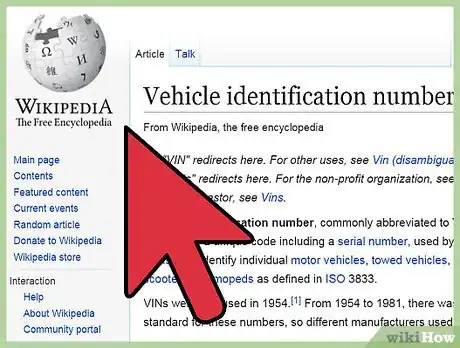
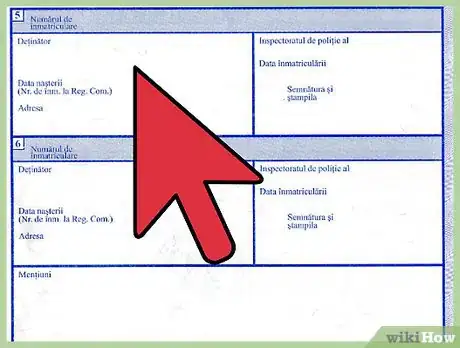
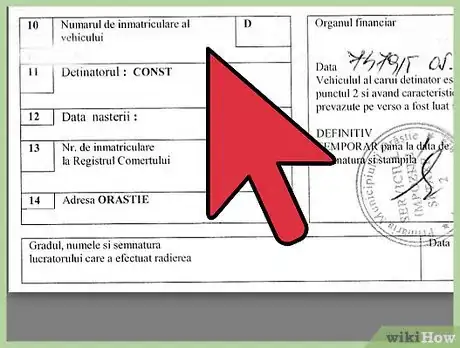
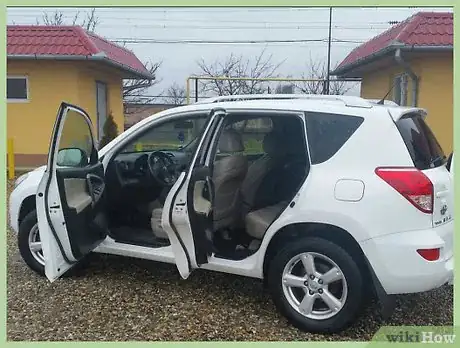
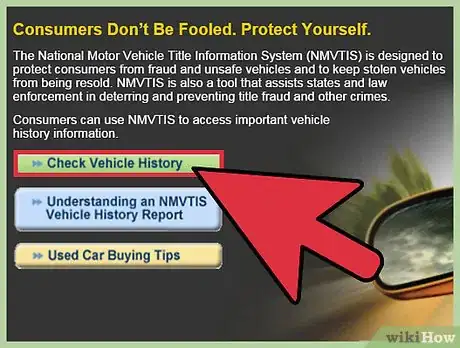
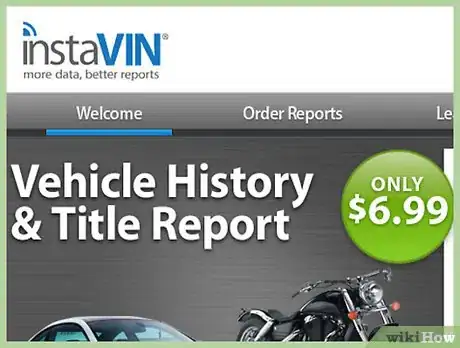
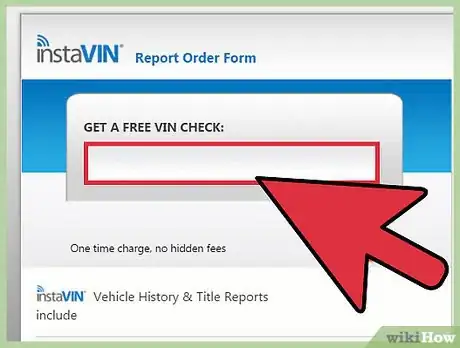

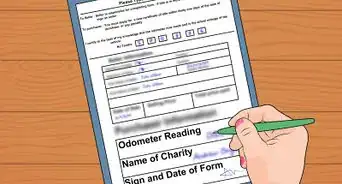
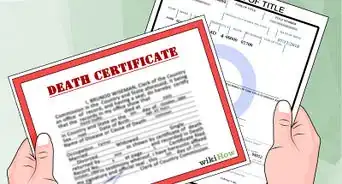
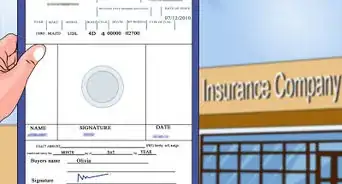

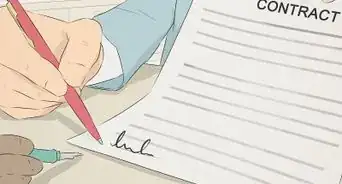
-Step-17.webp)

